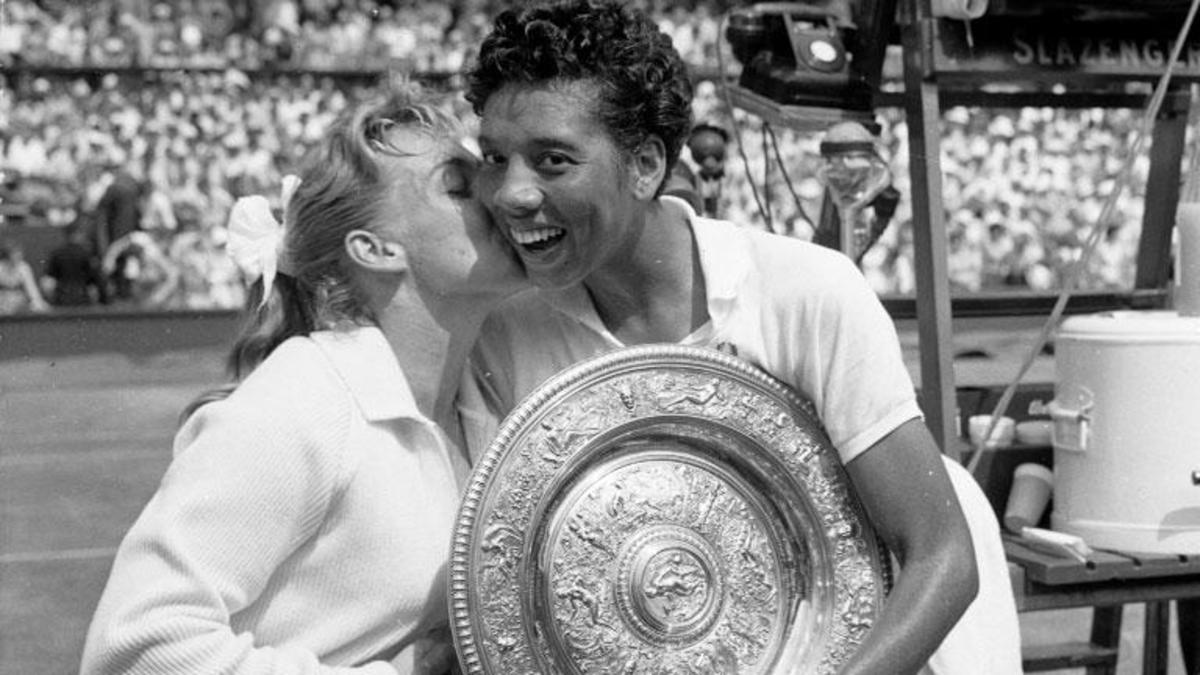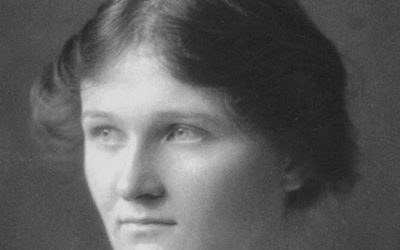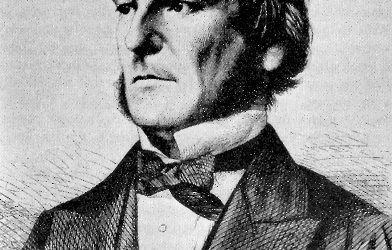On April 15, 1947, Major League baseball witnessed the debut of Jackie Robinson as first baseman for the Brooklyn Dodgers, Robinson having been signed by the Dodgers’ general manager Branch Rickey two years earlier. Both Rickey and Robinson were endangering their careers, and even their own safety, by breaking the unofficial “color barrier” that had dominated America’s favorite sport for more than fifty years. Rickey was expecting controversy; in fact, he chose Robinson not so much for his athletic talent (many at the time felt that Satchel Paige and Josh Gibson were better) as for his willingness to patiently endure the racist outbursts and threats that were bound to come from the stands.
Jackie Robinson’s first game with the Dodgers is a famous watershed moment in history; much less famous, though no less deserving of the world’s attention, is the breaking of the tennis color barrier that occurred a few years later. As with baseball, there had been black tennis associations since the end of the 19th century, but the most prestigious national competitions were exclusively white well into the 20th. One substantial difference was that whereas baseball was a game enjoyed by all classes of society, tennis was associated with the wealthy and had a certain upper-class cachet that, if anything, made it even more resistant to integration than baseball had been. Another was that professional baseball’s color barrier was broken by men, while the first black tennis star in the U.S. was a woman: Althea Gibson.
Althea Gibson was born in 1927 to a family of sharecroppers in Silver, South Carolina. The family fell on hard times and moved a few years later to Harlem, where the rest of her siblings were born. As a young girl Althea played paddle tennis in the streets under the care of the Police Athletic League, until at the age of 12 she was the best female paddle tennis player in all of New York City. The family’s neighbors, impressed by her talent, pooled contributions to send her to a tennis club in Manhattan, and soon afterward she began playing in tournaments held by the American Tennis Association, the premier black tennis organization in America. It was her performance in these tournaments that drew the attention of Robert Walter Johnson, a physician from Lynchburg, Virginia, who would later become known as “the godfather of black tennis.”
Johnson himself was a pathbreaker, the first black doctor to practice at Lynchburg Hospital, and the development of tennis skill in young people was his passion. He would go on to coach and mentor Arthur Ashe, as well as investing much of his spare time and money in tennis programs and camps for black children. Gibson had made her mark in the American Tennis Association, but Johnson’s patronage and promotion gave her access to the more prestigious United States Lawn Tennis Association, the organization that sponsored the national championship tournament now referred to as the U.S. Open. As Gibson moved through high school and college, she was able to play in many USLTA tournaments, including the indoor championship, where she was able to make it as far as the quarterfinals.
Unfortunately, it quickly became clear that this was as high as she would be allowed to go. While the USLTA technically prohibited racial discrimination, it invited players to the national championships solely based on their performance at high-profile tournaments around the country, many of which were held at segregated clubs where black athletes weren’t permitted to compete. For all practical purposes, Althea Gibson was barred from the U.S. Open.
At this point another figure enters our story: the former Grand Slam champion Alice Marble, who took an interest in Gibson’s situation. In an editorial for American Lawn Tennis, Marble excoriated the USLTA committee for its lack of judgment and human decency. She wrote that Gibson was being excluded not “by the yardstick of ability but by the fact that her pigmentation is somewhat different,” and noted ironically, “It so happens that I tan very heavily in the summer—but I doubt that anyone ever questioned my right to play in the Nationals because of it.” Urged on by Marble and several prominent officials of the ATA, the USLTA ultimately decided to break precedent and invite Gibson to play in the national championships.
As it happens, Gibson narrowly lost that tournament, to Wimbledon champion Louise Brough, but many commentators praised her courage and skill, and she persevered. In 1951 she became the first black competitor at Wimbledon, and lost there as well, but now her luck began to turn. By 1952 she was the seventh-ranked player in the U.S.; in 1956 she won the French national championship, her first Grand Slam victory; and in 1957 she was a victor at Wimbledon against Darlene Hard, also winning the doubles championship with Hard. Gibson had become the most celebrated black athlete in America since Jesse Owens, with New York City throwing a ticker-tape parade in her honor.
Gibson retired from amateur tennis in 1958, in part because of the immense financial strain of maintaining amateur status; major tournaments at that time gave no cash awards, and national organizations prohibited athletes from making endorsement deals. She turned her hand to many fields after this point: a 14-year stint in professional golf, singing, acting, and even a brief political career. But her greatest role was as a mentor and inspiration for tennis stars to come. Just as Gibson had broken barriers at the U.S. Open and Wimbledon, Arthur Ashe was later able to become the first black athlete to play for the Davis Cup. And today, nearly seventy years after Gibson became the first black woman in national tennis, two of the most famous and respected tennis players on the scene are Venus and Serena Williams; not surprisingly, both women see Gibson as a personal hero.
Althea Gibson was born into a world where championship tennis was a pursuit for the white elite of American society, but she lived to see it made open to talent from any background. Through discipline and dedication, she contributed in no small part to that change, and left a legacy that resonates in professional tennis to this day. Considering the relevance of her story to society more broadly, we ought to bear in mind the words of Alice Marble’s 1950 editorial, only replacing the word “tennis” with the word “life”:
“If tennis is a game for ladies and gentlemen, it’s also time we acted a little more like gentlepeople and less like sanctimonious hypocrites. If there is anything left in the name of sportsmanship, it’s more than time to display what it means to us.”
Next Post: Isamu Noguchi, the sculptor and industrial designer who fought against the Japanese-American internment camps of World War II.














